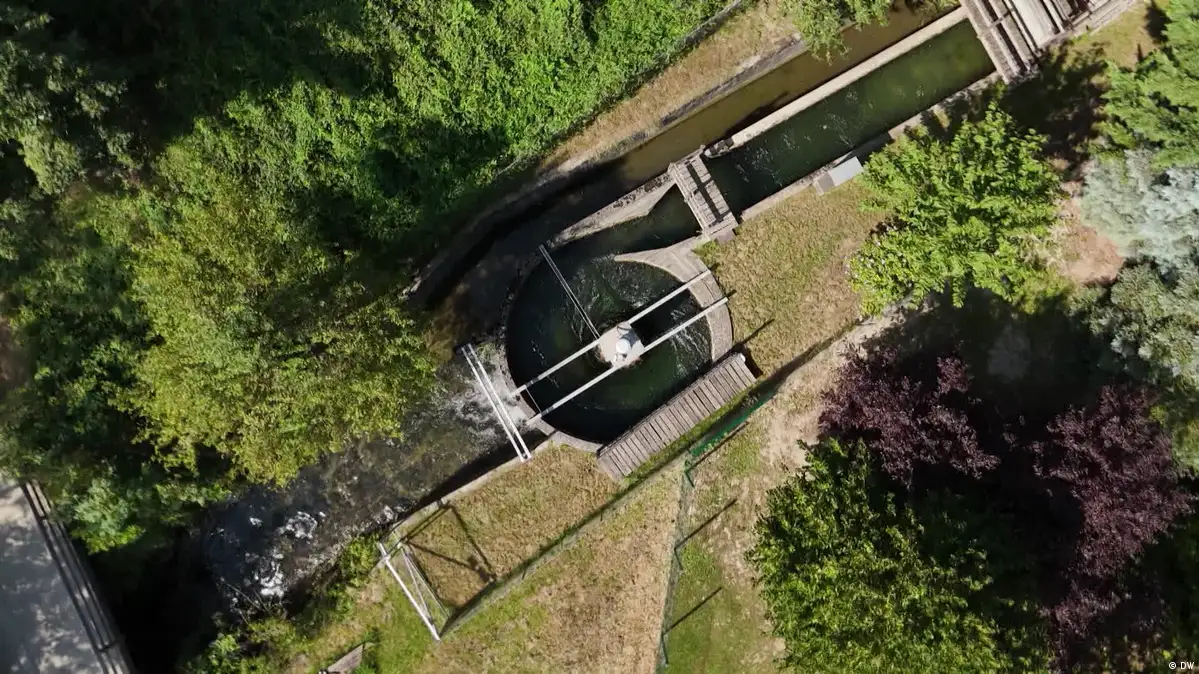In the forests near Linz, Austria, an inventor is hoping to revolutionize hydropower. The Stromboje or “power buoy”—the brainchild of industrial designer Fritz Mondl—offers a new way to harness river energy without the need for dams or reservoirs. Floating freely and anchored only by a chain, the buoy uses the river’s current to generate electricity, all while minimizing disruption to the environment. With a peak output of 100 kilowatts, it’s designed to be fish-friendly and resilient to debris and flooding.
Small-Scale Solutions with Global Potential
The power buoy is just one of two Austrian innovations aiming to make hydropowermore sustainable. The other is the vortex power plant, developed by engineer Franz Zotlöterer. It works with small drops in elevation, creating a swirling pool that not only generates energy but also improves water quality. Both systems are compact and ideal for decentralized energy production—especially in remote areas with limited infrastructure. While they can’t match the output of large hydro stations, their simplicity and low cost make them attractive alternatives.
Despite the promise of these inventions, experts remain cautious about the ecological impact, especially on river systems. But they agree that with proper maintenance, these mini-hydroplants could be especially useful for rural communities with little infrastructure, including in the developing world. They have yet to be deployed in Austria itself, due to problems with bureaucracy and disputes over river access. But so far, they have been installed in Italy, Germany, and Indonesia. As climate change makes water flow less predictable, such flexible and low-impact solutions may become increasingly vital.
